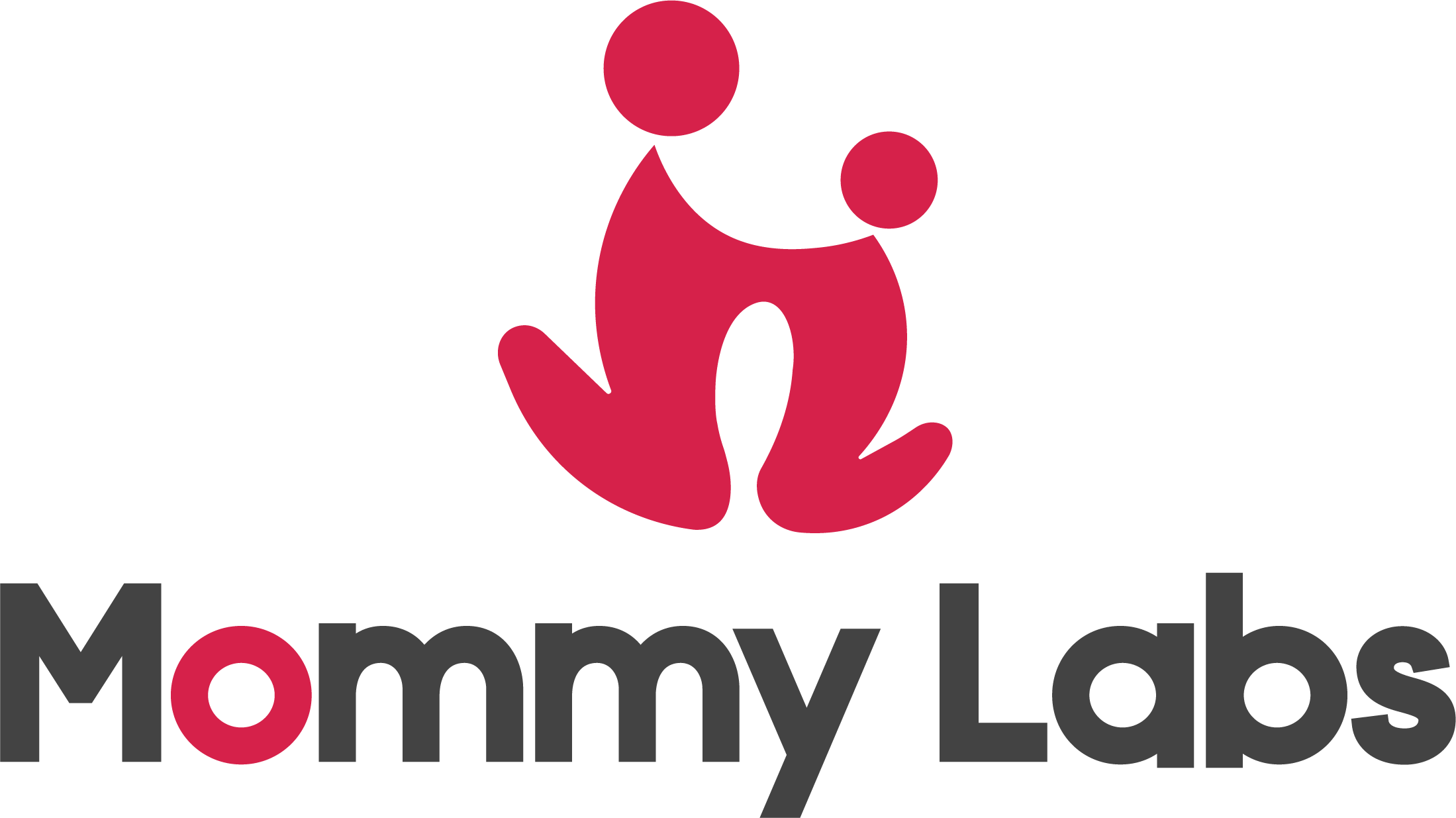Educators have long used worksheets as a tool to reinforce and assess learning across subjects and grade levels. Though they are often regarded as mundane, the science behind worksheets is deeply rooted in cognitive psychology and educational theory, revealing a complex interaction between the task at hand, the student’s cognitive processes, and the resulting learning outcomes.

Cognitive Engagement through Worksheets
Worksheets are designed to engage several cognitive processes. When students interact with a worksheet, they engage in information processing, which includes encoding, transforming, storing, and retrieving information. These tasks may seem straightforward, but they stimulate the brain’s ability to absorb and retain knowledge.
For example, when a student works on a math worksheet, they are not only practicing algorithms but also developing procedural memory, which aids in automating mathematical operations. Similarly, a language worksheet that requires sentence structuring or vocabulary exercises sharpens the syntactic and semantic processes. To make engaging worksheets for your class, go URL and use the tools to create your design.
The Role of Active Recall and Repetition
Active recall is a process wherein the student must retrieve information from memory without significant cues. Worksheets often facilitate this by asking questions that students must answer without extensive prompts. This practice enhances memory and learning because it requires the brain to strengthen neural pathways to retrieve the information.
Repetition is another vital element of worksheet activities. The consistent repetition of certain types of problems or questions helps to solidify knowledge. It leverages the ‘spacing effect,’ a phenomenon where repeated exposure to information over spaced intervals is proven to improve long-term memory retention.
Scaffolding Learning
Worksheets provide a scaffolded learning experience where tasks are broken down into smaller, manageable components. This supports the cognitive process of chunking, where information is grouped into ‘chunks’ to be more easily processed and remembered. As a student becomes more proficient, the scaffolding can be removed, allowing for more complex and independent thought processes to take place.
Immediate Feedback Loop
One of the most significant cognitive benefits of worksheets is the immediate feedback they can provide. When students complete a worksheet, they can often check their understanding quickly, either through the answer keys or direct teacher correction. This immediate feedback loop allows students to correct misconceptions and reinforce correct information in real time, a key component in the process of learning and memory consolidation.

The Dual Coding Theory
The dual coding theory posits that visual and verbal information are processed in different cognitive channels and that learning is improved when both channels are engaged simultaneously. Many worksheets incorporate diagrams, charts, and other visual aids that help to solidify understanding by synchronizing verbal and visual learning, thus enabling better information retention.
Critical Thinking and Problem-Solving
Well-designed worksheets go beyond rote learning; they challenge students to apply concepts to new situations, thereby fostering higher-order cognitive skills like analysis, synthesis, and evaluation. These skills are part of Bloom’s Taxonomy, a hierarchical ordering of cognitive skills that educators use to create learning objectives. By integrating problem-solving tasks, worksheets can stimulate critical thinking and the ability to transfer knowledge to different contexts.
The Constructivist Approach
Constructivist learning theory suggests that learners construct knowledge actively rather than passively absorbing it. Worksheets can embody this approach when they are interactive and require students to engage with the material dynamically, construct answers, and make connections with prior knowledge.
Limitations and Maximizing Effectiveness
While worksheets can be valuable educational tools, they are not without limitations. If used excessively or as a sole teaching method, worksheets can lead to a passive learning environment where memorization is prioritized over deep understanding. To maximize their effectiveness, worksheets should be well-integrated within a broader teaching strategy that includes discussion, hands-on activities, and opportunities for creative expression.
To Sum Up
Worksheets can play a pivotal role in facilitating learning when understood and employed thoughtfully. Their design and use are backed by an understanding of cognitive processes such as active recall, repetition, scaffolding, and dual coding.
To leverage the full potential of worksheets, educators must use them not as ends in themselves but as strategic components in a multifaceted educational approach that engages, challenges, and supports students in their learning journey. Through this lens, the humble worksheet transforms into a scientifically grounded tool that can significantly enhance cognitive processes and learning outcomes.
